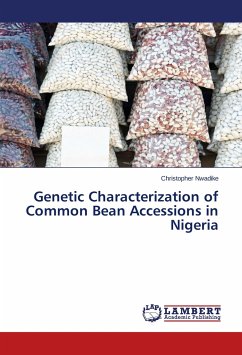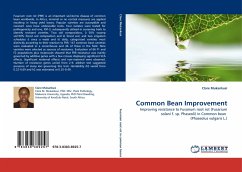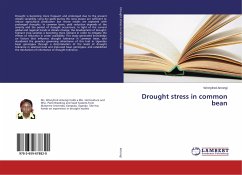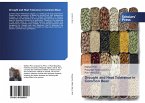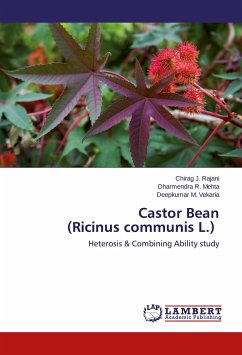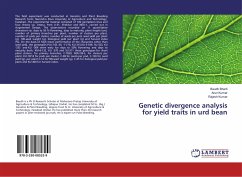Bean production is constrained by a number of factors with one of the major being Fusarium root rot (FRR). Use of FRR resistant bean cultivars is the most cost-effective and environmentally-friendly control measure. Crosses among four FRR resistant (R) common bean inbred lines: MLB-48-89A, MLB-49-89A, G2333 and G685, and two susceptible cultivars: K20 and Kanyebwa were developed to estimate the number of pyramided FRR resistance genes among the four R lines and determine their effectiveness in improving levels of resistance to FRR in the susceptible (S) bean cultivars and validate SSR PVBR87 marker. The R lines were used to develop a double cross (DC) population. The DC F1 and each R parent were crossed to each of the two S cultivars to form five-parent (FPC) and single crosses (SC), respectively. Developed populations were subjected to Fusarium solani f. sp. phasoeli isolate-3 under screen house conditions. Data was analysed using GenStat. More genes segregated in the R x R DC than in the R x R SC, FPC performed better than the SC, and SSR PVBR87 was significantly associated with FRR resistance. This information is useful to bean breeders in Uganda and elsewhere in the world.


